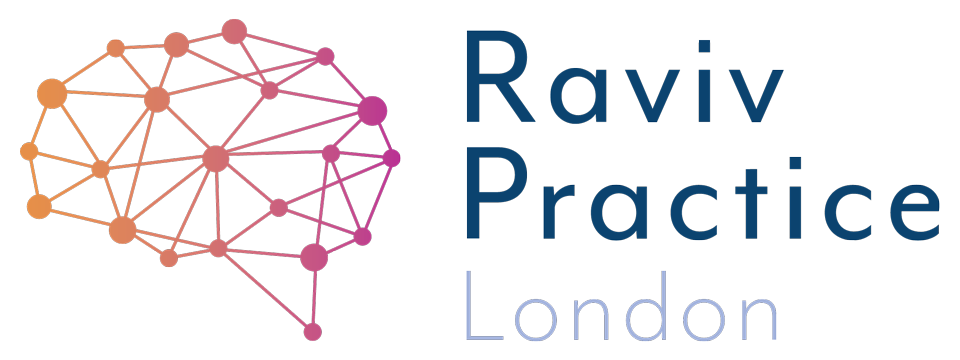Polyvagal Theory: The Science of feeling safe
Polyvagal Theory or the “science of feeling safe” is a key scientific finding that helps us understand our challenges and how to support them in a non-invasive ways.
Developed by world-renowned researcher and Unyte-iLs Chief Scientific Advisor, Dr Stephen Porges, Polyvagal Theory focuses on what is happening in the body and the nervous system, and explains how our sense of safety, or danger or threat, can impact our behaviour. Understanding Polyvagal Theory gives us a scientific framework that can be applied through physiological, or “bottom-up” therapies, to help change and improve how we feel, think and connect with others.
INTERNAL CONTROL CENTER
The mind and body are connected through the vagus nerve, which is the longest nerve in the autonomic nervous system, stretching from the brainstem to the colon. It is our internal control center, allowing the brain to monitor and receive information about many of our bodily functions.
The vagus nerve helps to regulate many critical aspects of human physiology, including the heart rate, blood pressure, sweating, digestion, and even speaking. As the body takes in information automatically through neuroception, the vagus nerve processes the signals and cues from the world around us and, in turn, determines how we react through three physiological states:
Parasympathetic / Ventral Vagal state — our centered “true self” state, where all social interaction, connection and cognition occurs
Sympathetic state — feeling of threat or danger, and feeling the need to either “fight” or “flee” from a situation to seek safety
Dorsal Vagal state — our “freeze” state, when we feel our lives are so immediately threatened that we become immobilized
CHANGE STATE TO REGULATE
We all process cues and signals from the world around us differently. Some of us may naturally feel more calm and spend more time in a ventral vagal state while others, due to genetic makeup and life experience may feel more threatened or endangered and default to sympathetic or dorsal vagal state. This is especially true of those who experience the effects of trauma, or with conditions such as anxiety, ADHD, autism or PTSD.
Stimulating the vagus nerve and providing cues of safety can enable our nervous system to reset and change our physiological state — helping us to more easily access our ventral vagal state and to more consistently feel safe and calm.
With kind permission from iLS Unyte
Continue to learn about SSP and how it works
Dyslexia? Dyspraxia? ADHD? ASD? Speech & Language? Developmental Delay? Anxiety?
Is every school day a struggle? As a parent, you may feel exhausted and on this journey alone. Each year you see the gap getting wider. You need to do something - change the approach, help your child learn for themselves, find a way to turn this around - to help while you can - do this NOW. the first step is free.
About the Author
Usha Patel is a Neurocognitive Therapist and Director at Raviv Practice London. Parents searching to help their suspected/neurodiverse child can get evidence-based solutions with results in as little as 8 weeks. Those in search of jargon-free help can get started straight away.




